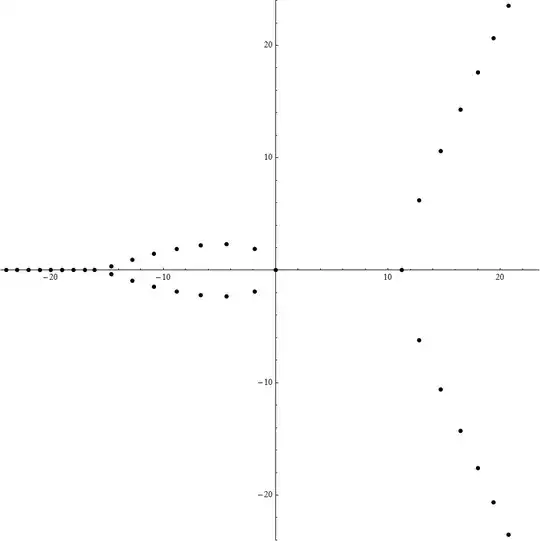Or, more generally, $$\Gamma (x+1)=\int_0^{\infty}t^{x}e^{-t}dt=p^x$$ with $p \in \mathbb{Z}^+$ and $x \in \mathbb{C}$.
Perhaps begin with $\large p^x=p^x \lim_{n \rightarrow \infty}[e^{-0}-e^{-n}]=\int_0^{\infty}p^xe^{-t}dt$.
Then
$$\int_0^{\infty}(t^{x}-p^x)e^{-t}dt=0$$
which I'm not sure how to solve. It smells of integration by parts, but I can't see anything feasible given that $x$ isn't a constant.
